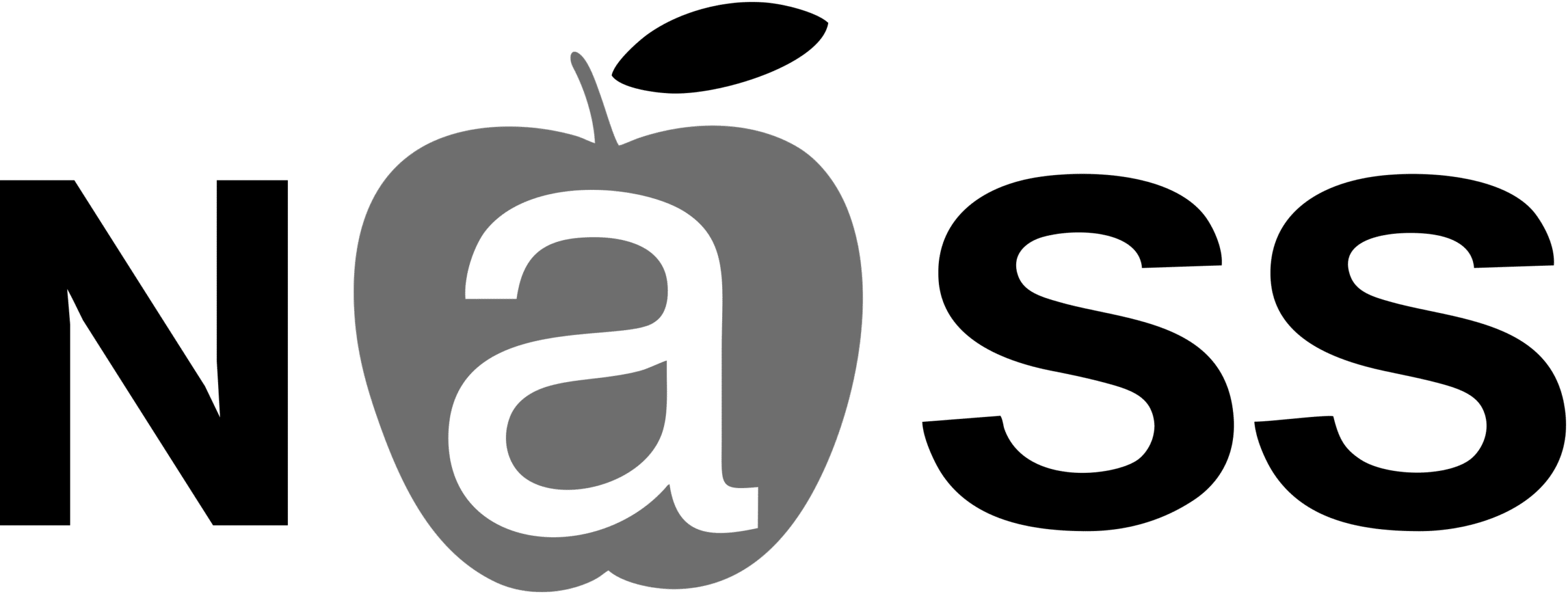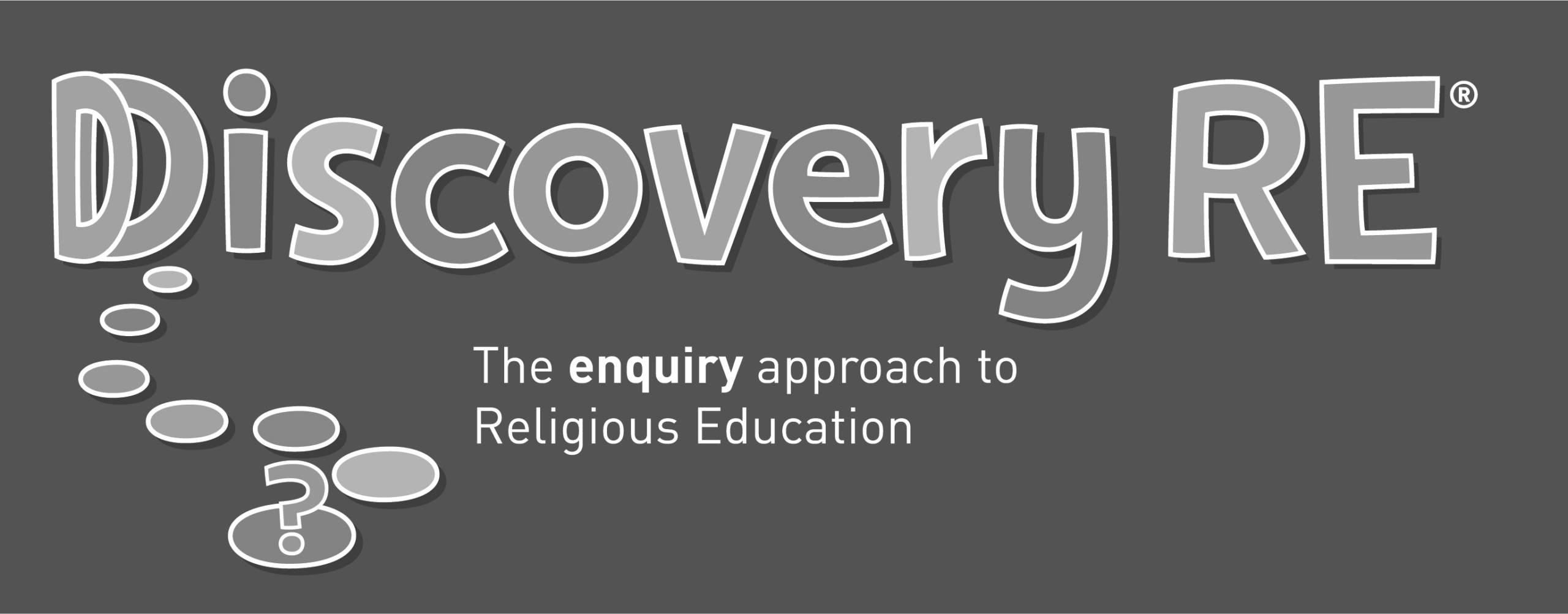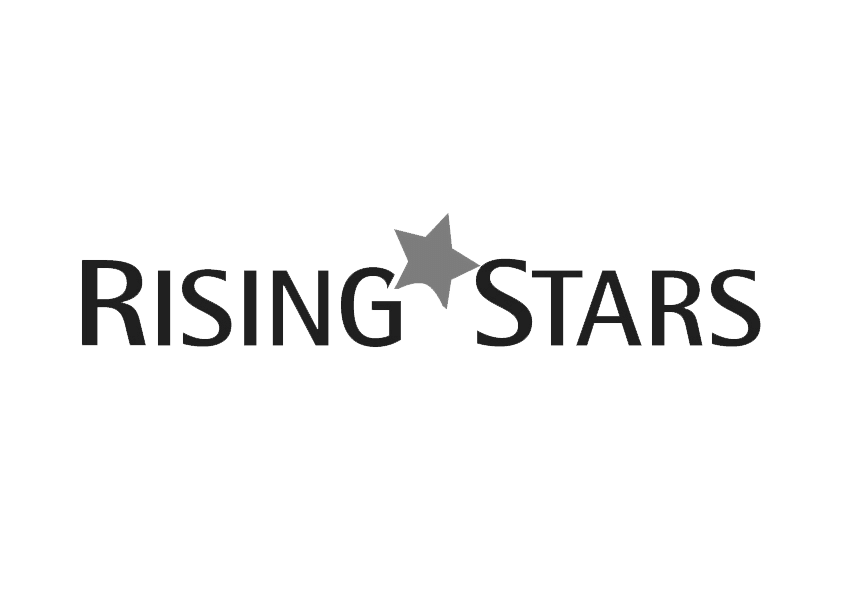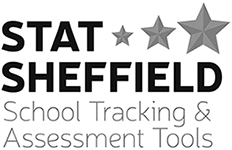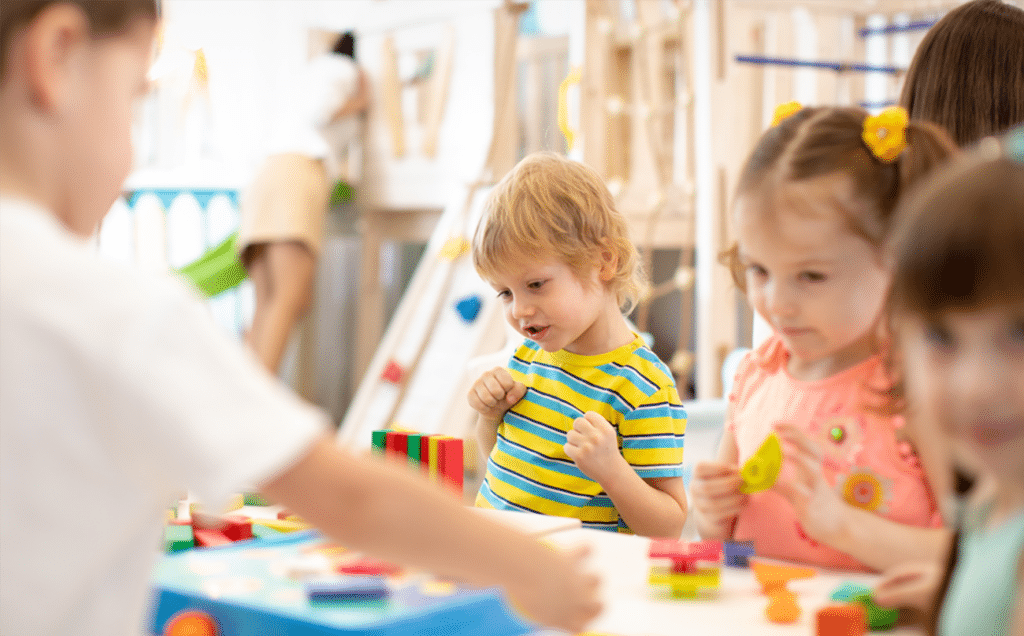
If you have children, or work alongside children, then the chances are you have seen the letters ‘EYFS’ quite a few times already – perhaps in reference to EYFS play, EYFS activities or even EYFS outcomes…but what is EYFS??
To give its most literal meaning, EYFS stands for the Early Years Foundation Stage – the period of time from birth to 5 years old. During this time, there are certain developmental milestones that children are expected to achieve. All adults who work with children in England are expected to follow these standards for learning, development and care, so that by the end of the EYFS children are meeting their ‘Early Learning Goals’ (ELGs) and are therefore ‘school ready’.
The EYFS curriculum currently covers seven main areas of learning:
- Communication and Language
- Physical Development
- Personal, Social and Emotional Development
- Literacy
- Maths
- Understanding the World
- Expressive arts and design
The first 3 are known as the prime areas of learning. This means that these skills underpin most of the later stages of learning and children should usually develop these areas first. For example, before expecting a child to hold a pencil correctly and sit down to write using their fine motor skills, they will need to develop and work on their gross motor skills to build up their chest and arm muscles as a pre-requisite to writing.
EYFS Meaning
Before discussing the EYFS meaning, let’s first mention what the EYFS is not…
The EYFS is NOT a tick list of assessment criteria which children must perform in order, based on adult led lessons and adult initiated activities. It is not a list of activity examples for adults to set up and make children sit and complete whilst pulling them out of provision and away from their self-chosen play. It is not a step by step guide to making a celebration card so that every child comes away with the same end product with the same end result. Despite the fact that the ELGs at the end of the EYFS seem like an end goal, it is not an end result at all – it is a PROCESS.
The EYFS loses its meaning if it is used in this way, it becomes meaningless, because a child who has completed an activity under the direction and instruction of an adult only, has not achieved independently.
The real meaning of the EYFS, regardless of how the document itself and the standards within may change and alter over time, is the children. We know that children learn best when they are having fun. We know that children are more engaged in an activity if it is tailored to their interests and their stages of development – anything too tricky can lower self-esteem, anything too easy or unstimulating can be boring.
The EYFS becomes meaningful when it is used by practitioners to really get to know the child. Watch, observe, listen, notice. Place carefully chosen resources into a setting, tailored to a specific interest. Help develop a particular skill and watch how your key child makes a bee-line for it. Becoming immersed in their play allows you to scaffold their learning by joining them and helping them to explore further with “I wonder what would happen if…” and giving new language with “I can see that you are…”
This is when you discover the true meaning of EYFS. A journey of learning, through play, facilitated by a trusted and knowledgeable adult.
Author: Sarah – www.arthurwears.com













